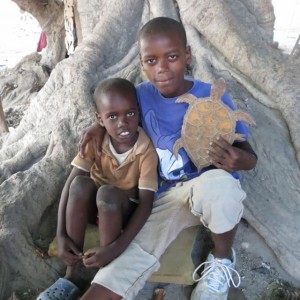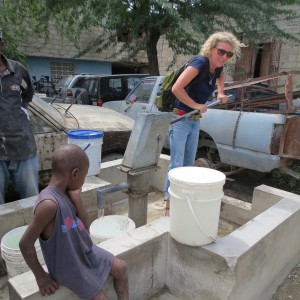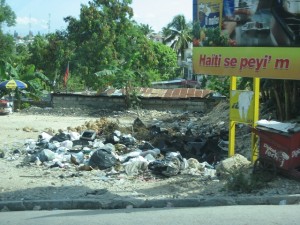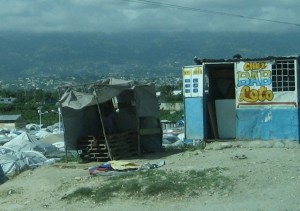Doing Good in Haiti
Several weeks ago, I got a new Toms catalogue in the mail. Haiti was featured in the photo shoot of their new spring fashion collection. Needless to say, I was intrigued and paged through with more than casual interest.
Toms, you may know, is a fashion company with a penchant for philanthropy. They have a “One for One” program that began with shoes in 2006. For every pair of shoes purchased, Toms gives a pair of shoes to a child in need. I really liked the idea in the beginning, and supported it by buying quite a few pairs of shoes for myself and as gifts for my family. I liked it, that is, until I did some reading about the effects of charitable donations of clothing in underdeveloped countries. I learned to my horror that in the spirit of giving, countries of the First World have wreaked havoc on the clothing and textile industries of the Third World. There are so many tons of free clothing given out that home grown industry has been, in some cases, nearly wiped out. This includes shoes, and Toms was, unfortunately, implicated. I confess that my enthusiasm for the company and their products crashed and burned, though I never quite got around to withdrawing my name from their mailing list.
Saving trees notwithstanding, this turned out to be a good thing. In reading the new catalogue I discovered that Toms was not oblivious to the criticism being levied against it and in fact, set about to respond in a hugely positive way. Toms committed itself to producing 1/3 of all of their “Giving Shoes” locally by the end of 2015. In Haiti, this commitment has resulted in the opening of a factory outside Port-au-Prince that now employs 40 Haitians, nearly half of whom are women. To date, they have produced over 500,000 shoes for distribution throughout the island country.
And, to coin our own phrase, Toms is “Fighting Poverty with Art.” The Haiti Artist Collective employs 30 Haitians to create a line of hand-

Looking through photos of the children of our artists in Croix-des-Bouquets, I noticed that alot of them did have shoes. Like to think that our fair trade practices have something to do with that.
painted footwear, sold exclusively through Toms. Inspiration for the designs comes from the artist’s themselves, who offer up unique perspectives on Haitian life, of love and peace, and of music and culture. (Sounds a little like It’s Cactus artists too…)
I am happy to report that my enthusiasm for Toms has been revived – big time. Hat’s off! Hip-hip-hooray! What a wonderful things they are accomplishing. Marvelous! I would continue to wax superlative, but I gotta go. It’s time to order shoes.
Contributed by Linda for It’s Cactus



















